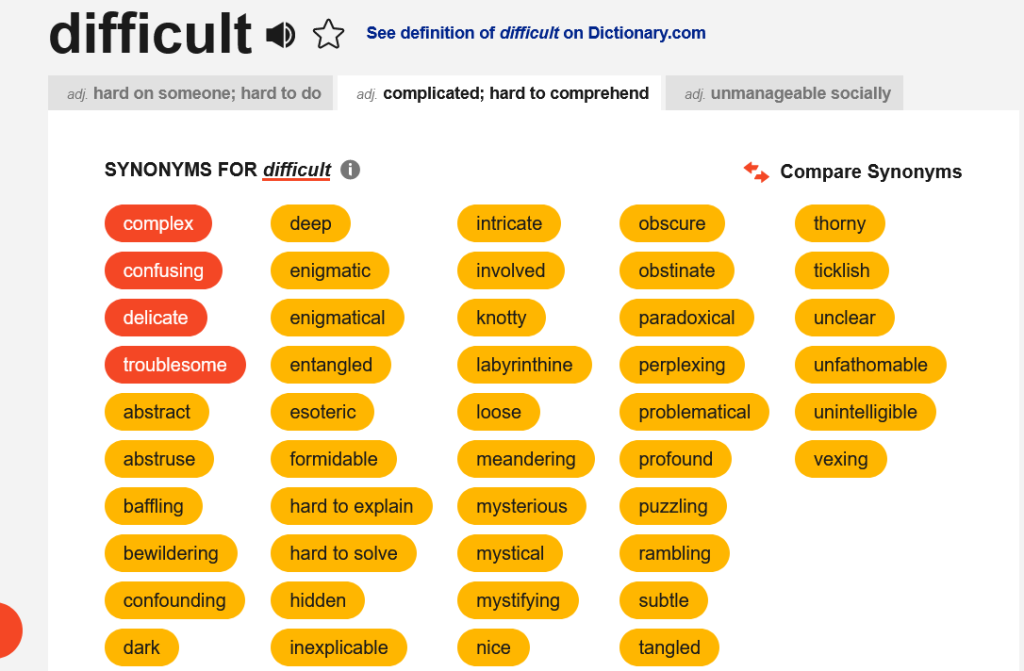Google doesn’t like indexing clone text many times. What is duplicate content, how is it treated by Google, and how to avoid it? Find the answers to all these questions in this article.
We divide duplicate content into external and internal. External duplication is the copied text under many URL addresses, while internal refers to duplication within one domain. In this case, the most common problem is an incorrect redirection of the version of the same page.
When a website is available from www, without www, HTTP, and HTTPS, search engines consider them duplicates. There are ways to avoid problems in SERP, though. Examples are changing the .htaccess file or implementing redirects on the website using PHP or JavaScript. But let’s start from scratch.
What is duplicate content?
The main goal of effective content marketing is to make it unique, well-optimized, and valuable. Duplicate content is when the published text is located at several URLs. Duplicating is often the result of unconscious actions resulting from a lack of adequate knowledge on the subject. There are two types of duplicate content: within one site and over multiple domains.
Content duplicated within a website
As the headline itself indicates, it is an internal duplicate content. The reason as often as not are basic mistakes:
- lack of 301 redirects, several addresses lead to one subpage, creating a duplicate, e.g. , , , , , , , etc. All of the above addresses can display the same homepage content.
- Duplicating product descriptions in the online store. Each description should be unique, showing the specification and benefits of the product.
- Category description duplication. The main description of a category is repeated in the pagination, filtering, or sorting of a given category.
- Duplication of the first page of category pagination. This error often appears in the case of the first page of the category, which is available at domain.com/category and domain.com/category?page=1. As a result, we get a duplicate page, where the text does not differ in any way.
- Language version implementation. It can happen when the creator forgets to translate a page into the indicated language. In this case, the website can consist of several copies of the same English page that was omitted during the translation process.
- GET parameters without standardization. Example: domain.com?sort=up&tipe=new&page=1, domain.com?sort=up&page=1&tipe=new, domain.com?page=1&sort=up&tipe=new, domain.com?tipe=new&page=1&sort=up, domain.com?page=1&tipe=new&sort=up, domain.com?tipe=new&sort=up&page=1.

Content duplicated across multiple domains
The same content has been published on at least two websites. The reasons for this may vary.
- Copying content from other sources.
- In the case of products, it is common to copy the descriptions from the manufacturer’s website.
- Copying snippets without using a semantic link.
- Duplicating product descriptions on platforms such as eBay, Amazon, and AliExpress.
- Duplicate content on social media, information pages, or catalogs.
- Copy of the press and sponsored articles. Legal provisions and regulations – when publishing on your website, it is worth being vigilant and tagging such pages with the “noindex” tag.
How to avoid duplicating product descriptions?
The issue of unique product descriptions in online stores is underestimated. Generally, it happens when there are several versions, e.g. color versions, for one product model. How many times have you come across an almost identical description that differed only in details such as color, size, or type of components used?
As a rule, online store owners publish descriptions from the manufacturer. Then the problem may turn out to be graver because a similar idea could have come up with several sellers offering the same products in their store.
All pages can have common elements
Of course, it is impossible to avoid using similar phrases. Language has a limited number of words. To communicate something you can use one of the few combinations. So a single phrase or sentence is not perceived by Google as duplicate content. The problem occurs when someone copies entire fragments of the website or the article.
Unique product descriptions – why is it worth it?
Only White Hat SEO activities can bring the intended results. Unique and well-optimized product descriptions in the online store are indispensable elements of ethical SEO.
The uniqueness of descriptions is crucial because Google focuses on the high value of the content. Search engines appreciate the uniqueness and place them in higher positions in SERPs. And you know that higher results mean more traffic and better conversion.

By creating your description in the online store, you have the chance to highlight your unique value proposition. You can focus on the specific advantages of purchasing the product from you. Original work is good not only for SERP and SEO. It positively affects the feelings of the customer towards the business.
By reading a unique description, enriched with valuable information, the customer finds it helpful when making a purchase. He feels appreciated and satisfied that you met his needs. In this way, you build the image of an expert in a given industry.
Another advantage of creating a unique description is that you have total control of the visual aspects of your website. The visual facet of the website significantly influences customer behavior. The presence of headings, bullets, and highlighting important information can help to sell.
By copying the description and publishing it on the site unchanged, you are offering the user exactly what your competitor does. Without text customization, you also don’t have control over the SEO and correct keyword placement. Create unique product descriptions to meet the expectations of your audience.
Synonymized description
As the name suggests, creating synonymized content comprises redrafting the existing text and looking for synonyms of the frequently used words. It is essential to attach great importance to the quality of the content published on the website.
I do not recommend using the generators that automatically edit the text by adding synonyms of words interchangeably. You ought to care about the high quality of your vocabulary and linguistic correctness. Substantive consistency and the inclusion of relevant information are also vital.
You can use Grammarly to check the correctness of the text. In this way, you will change it a bit. The application will suggest you change some words, sentences, and interpunction. To find synonyms use Thesaurus, but remember to do it smartly.
For example, you want to find a synonym for “difficult” in the sentence “The product may be difficult in use at the beginning”. Thesaurus gives you numerous ideas, but you cannot use each of them in that context. Analyze the definition also.

It would be a bit awkward if you would use “delicate”, “abstract”, or “dark” in this sentence. But “complex” or “troublesome” fits excellent.
Is duplicate content penalized by Google?
The first revolution in the world of copywriting was the introduction of the Panda algorithm in 2011. Its purpose was to highlight websites with valuable, unique, and substantive content. Google started to pay more attention to extensive, substantive, valuable, and unique content. Meantime, unethical practices resulted in a lower position in search results.
Although Google rarely decides to penalize duplicate content on a page, it affects search engine ranking. When robots come across several pages containing the exact text, they will have trouble defining which of them is original and which version responds best to the query.
Similarly, such content may be less valuable, and search engines have a problem with indexing it and including or excluding it from search results. There is also a problem with targeting the link metrics, i.e. trust, authority, link value, etc. The search engine does not know which page to link them to.
Although very rare, it happens that Google penalizes for duplicate content or decides to remove the website from the index. It happens when content is duplicated intentionally and repeatedly, and when another person reports that it is plagiarism. You can get help from a plagiarism remover tool to make your content plagiarism free.
Syndication of the content is nothing more than the conscious and voluntary sharing of already published content with other websites. Such websites allow content to be added to another website and reprinted by other users.
If you undertake such action, verify that the sharing article gives its source. In this way, the robot will associate it with the appropriate source.
Is a responsive website considered duplicated content?
When designing a website, it is worth maintaining its responsiveness and appropriate adaptation to mobile devices. A responsive website automatically adjusts its resolution to the screen size of the device. Generally, a responsive website is not considered a duplicate.

It happens, however, that some websites have a completely separate page in the mobile version, which is available at a different address (m.domain.com, mobile.domain.com). If done incorrectly, may lead to content duplication.
You need to accurately indicate the existing versions of your site to Google robots. To do this, you need to implement the following provisions in the desktop and mobile versions of the website:
<link rel=”alternate” href=”https://m.domain.com”>
Place it in the heads section of both desktop and mobile versions of the website. The record informs about an alternative version of the mobile website and set the canonical address of the desktop version.
If you enjoyed this article, then you’ll love UltaHost hosting platform. Get 24/7 support from our support team. Our powered infrastructure focuses on auto-scaling, performance, and security. Let us show you the difference! Check out our plans!








